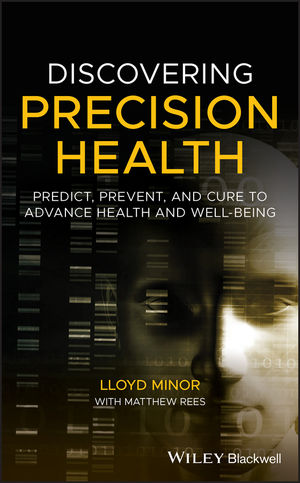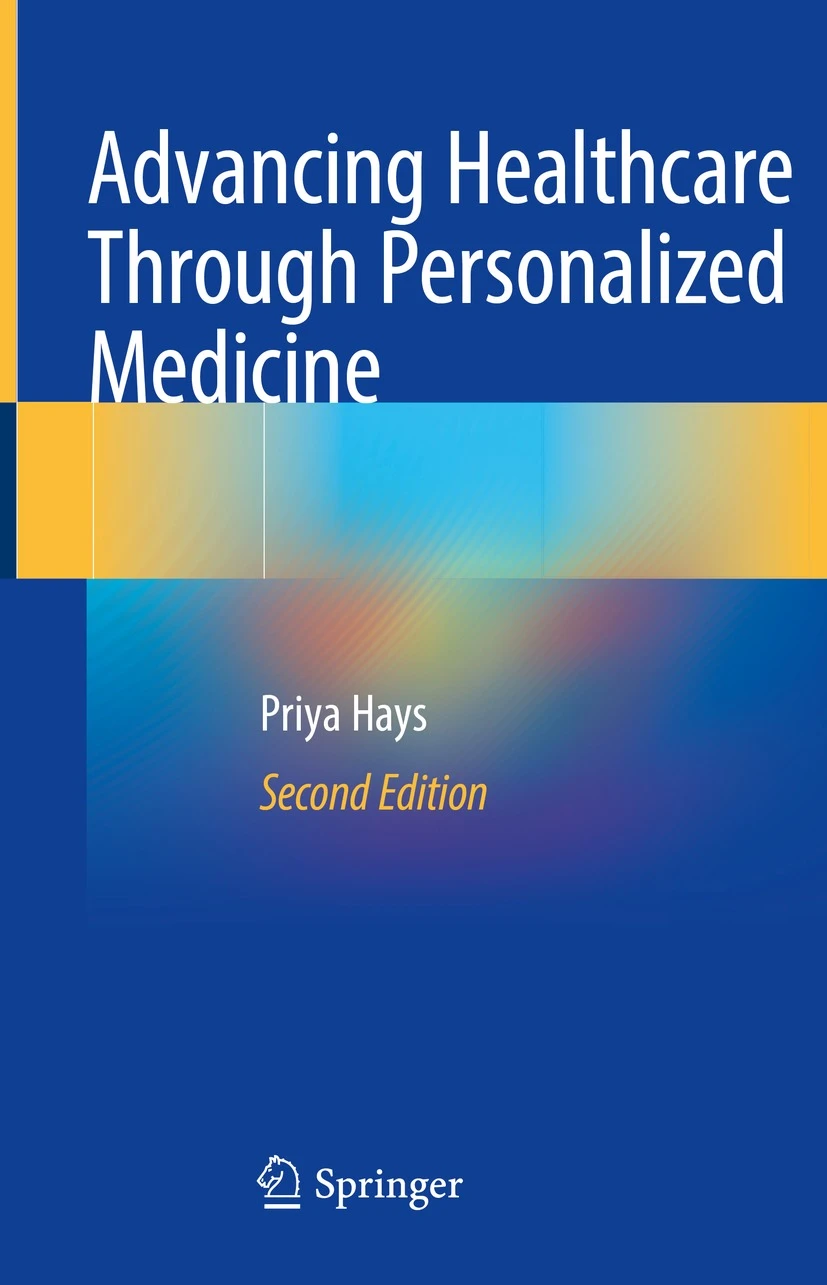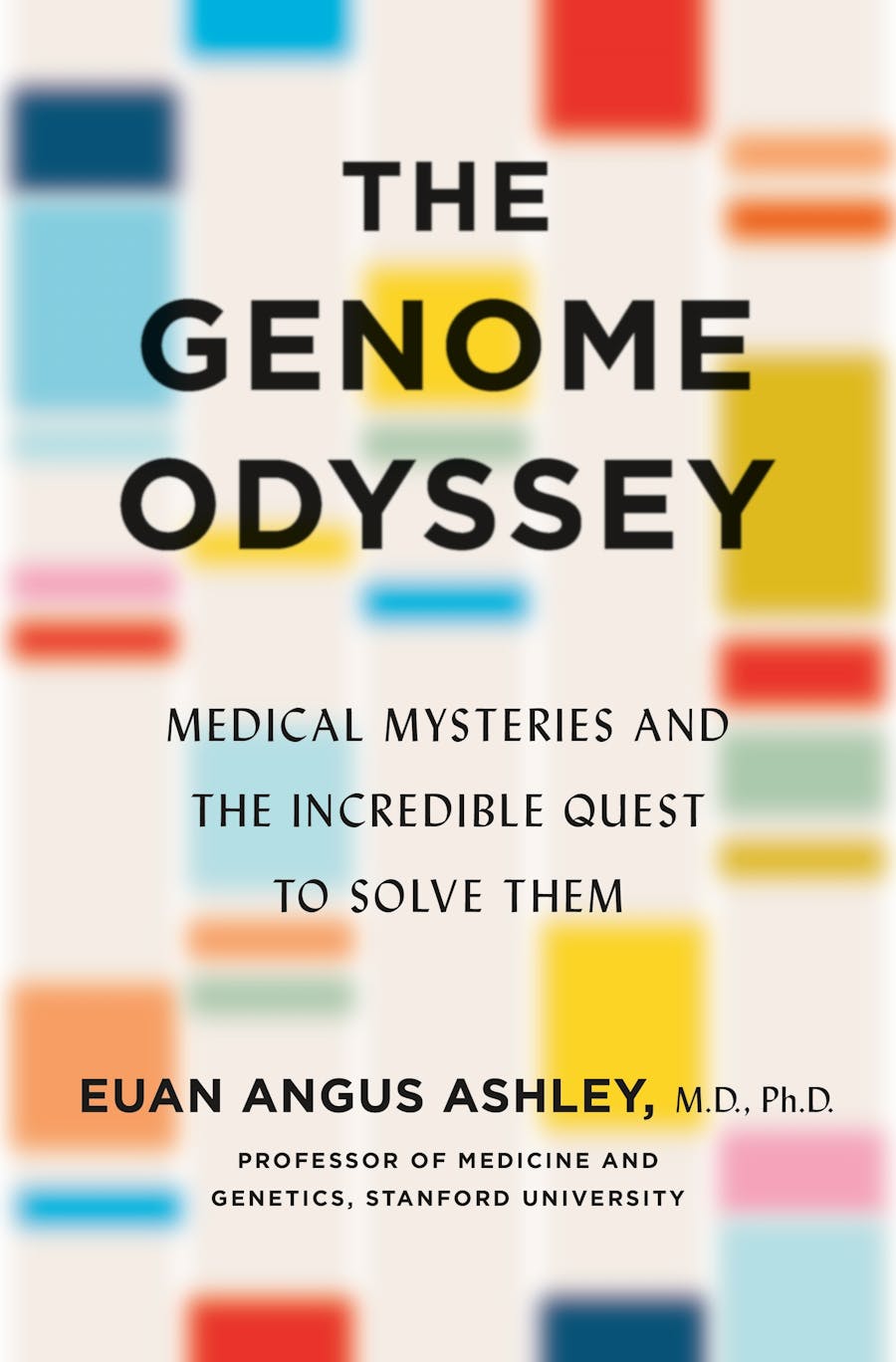La medicina de precisión en una regulación obsoleta
El retraso regulatorio europeo en pruebas diagnósticas y suministros médicos es descomunal
El avance tecnológico coge por sorpresa a gobiernos y parlamentos. El retraso en actualizar la regulación a las nuevas realidades frena a su vez la difusión de las innovaciones e introduce incertidumbres sobre la eficacia y seguridad. Desde hace más de una década sabemos que el impacto en la asistencia sanitaria de los avances en el genoma humano tendría lugar algún día inexorablemente. Sin embargo,a fecha de hoy, estamos a la espera de su regulación.
En 2005 un periódico anunció que llegaba la medicina personalizada pero muy pronto nos dimos cuenta que todo era más complicado de lo que algunos proclamaban. En 2011, Science decía en portada: “Lo mejor está por venir”. A la secuenciación del genoma humano le faltaba todavía mucho trayecto para que se concretara en impacto en la salud poblacional. Y en el mismo año se publicó el informe del National Research Council estadounidense: “Toward Precision Medicine”. En él se mostraba el impacto del conocimiento biomédico en la clasificación de la enfermedad, describía el reto de la redefinición de la enfermedad a partir de la biología molecular, a la vez que popularizaba el nuevo término: Medicina de Precisión.
En marzo de 2012, Cell publica un artículo crucial donde se relata la aparición molecular de una enfermedad. Un profesor de Stanford relata la evolución de su perfil ómico personal, analiza qué ocurre durante dos años, cómo surge la enfermedad y cuál es la reacción molecular del cuerpo. Explica cómo descubre el riesgo de diabetes y cuando se confirma, qué hace a partir de aquel momento.
Del titular del periódico de hace una década nos acercamos, ahora sí, a la medicina de precisión, intensiva en datos. Las inversiones públicas en iniciativas de investigación son tan solo una parte del todo. Lo que llamábamos “medicina estratificada”, la que une pruebas diagnósticas complementarias (companion diagnostics) para determinar el tratamiento farmacológico, ya está entre nosotros. Ahora es un ejemplo más de medicina de precisión. Y resulta que a fecha de hoy, en Europa tenemos una regulación vigente de 1998 (!). Desde 2012 circula un borrador para actualizar la directiva sin éxito. Recientemente, el pasado 23 de septiembre, ha surgido un nuevo borrador que la Comisión quiere elevar al Parlamento para su aprobación. Veremos qué sucede en esta ocasión.
El texto considera las pruebas diagnósticas complementarias esenciales para definir aquellos pacientes que son candidatos a un tratamiento específico con un medicamento, a través de la determinación cuantitativa o cualitativa de marcadores específicos que identifican los sujetos con mayor riesgo de desarrollar reacción adversa al medicamento o la identificación de los pacientes en la población para los que el producto terapéutico se ha estudiado de manera adecuada, y es seguro y efectivo. La forma como se evalúa la seguridad y eficacia queda al margen de los procesos equivalentes en los medicamentos y se mantienen las entidades certificadoras, si bien con cierto control adicional. Y la pregunta es la de siempre: ‘Quis custodiet ipsos custodes?’, ¿quien vigila al vigilante?. Este “cierto” control gubernamental será suficiente? O quizás cada estado lo resolverá a su propio estilo?.
El sistema europeo basado en la autoregulación, en entidades certificadoras privadas, queda lejos del sistema norteamericano donde las pruebas diagnósticas complementarias se regulan públicamente por la FDA. De esta forma, un medicamento que requiere una prueba diagnóstica queda regulado en Europa en dos ámbitos distintos, con requisitos de evaluación desiguales. En definitiva, estamos a las puertas de una regulación que es incapaz de tener en consideración que la validez y utilidad clínica en la medicina de precisión debe ser objeto de regulación pública directa.
El retraso regulatorio europeo en pruebas diagnósticas y suministros médicos es descomunal. A fecha de hoy se sigue un proceso para acceder al mercado que requeriría una revisión profunda de su impacto en términos de validez y utilidad clínica. La credibilidad de la evaluación se confirma siempre que existan criterios objetivos, fiables y homogéneos. Los mecanismos actuales de certificación son insuficientes para los objetivos que se esperan de una regulación avanzada. Del mismo modo que el escándalo de los implantes mamarios PIP recordaron la falta de garantía y control en suministros médicos, las pruebas diagnósticas requieren una regulación fiable que garantice seguridad y calidad, al mismo tiempo que aporte información sobre su efectividad. No hay opción para más demora. La nueva propuesta de regulación de pruebas diagnósticas necesita una mejora inmediata o, de otro modo, se convertirá en obsoleta a corto plazo.






